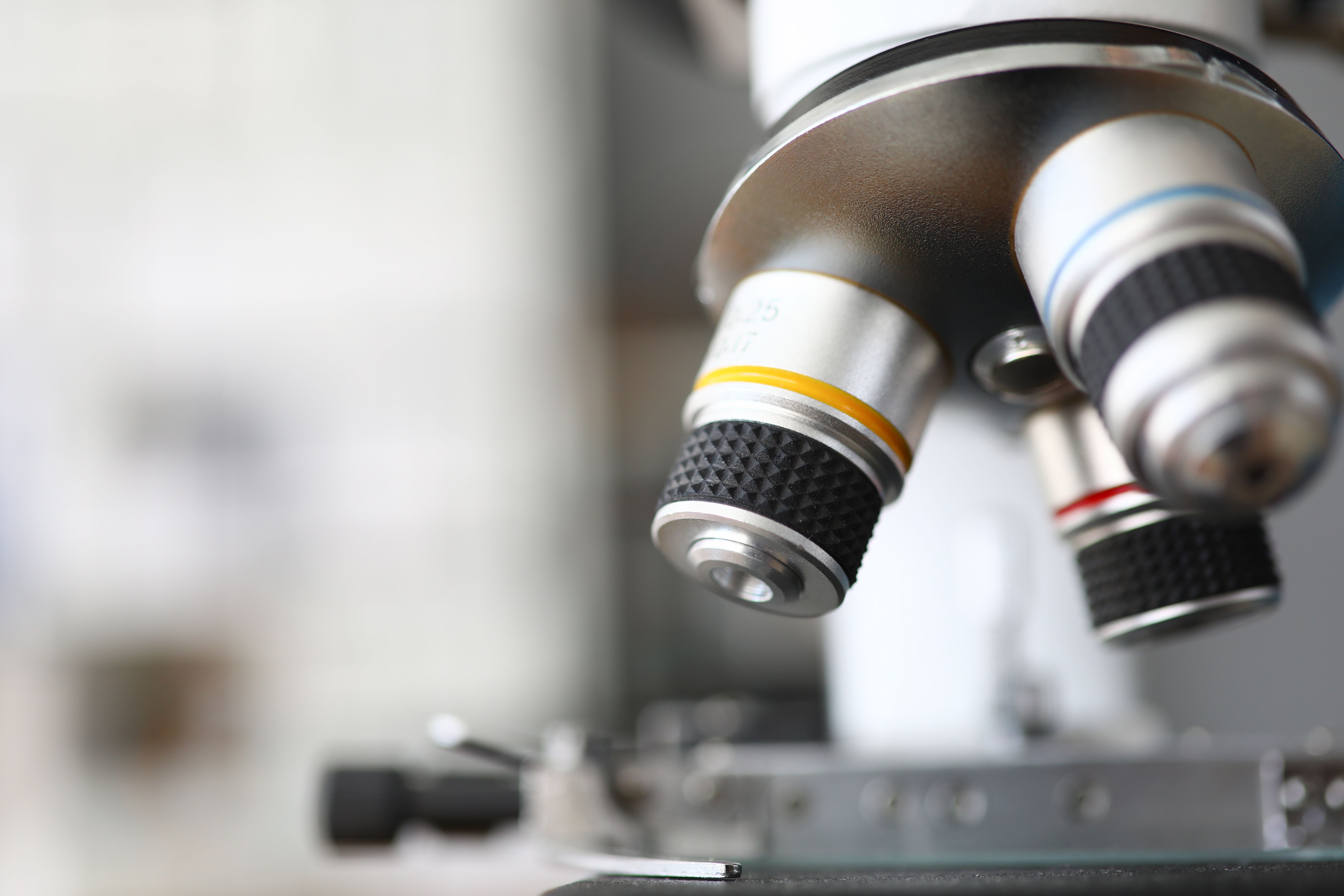Article
IDEAYA announces darovasertib Phase 2 initiation in neoadjuvant and adjuvant uveal melanoma
Author(s):
The Phase 2 clinical trial will evaluate darovasertib as monotherapy in neo-adjuvant and adjuvant settings in primary, non-metastatic uveal melanoma (UM) patients.
IDEAYA has initiated a company-sponsored Phase 2 clinical trial evaluating darovasertib as monotherapy in neoadjuvant and adjuvant UM.

IDEAYA Biosciences Inc today announced it has initiated enrollment into a company-sponsored Phase 2 clinical trial to evaluate darovasertib as monotherapy in neo-adjuvant and adjuvant settings in primary, non-metastatic uveal melanoma (UM) patients.
According to a news release, IDEAYA is a synthetic lethality-focused precision medicine oncology company committed to the discovery and development of targeted therapeutics for patient populations selected using molecular diagnostics.
In the release, the company also provided guidance for an update on its Phase 2 clinical trial evaluating darovasertib in combination with crizotinib in metastatic uveal melanoma (MUM) patients in 2023.
Carol Shields, MD, chief, Ocular Oncology Service at Wills Eye Hospital and Professor of Ophthalmology at Thomas Jefferson University, noted in the news release that the company is looking forward to clinically evaluating darovasertib as a neoadjuvant and an adjuvant treatment in uveal melanoma patients.
“This is a paradigm-shifting opportunity, as there are no approved systemic therapies in these settings,” she said. “The preliminary clinical data shows clear evidence of anti-tumor activity and supports further clinical evaluation of darovasertib to determine its potential to either save the eye by avoiding enucleation, or to reduce the tumor thickness in the eye, enabling treatment with less radiation to preserve vision.”
"The primary tumor shrinkage we are observing from just a single month of therapy in our investigator-sponsored NADOM study is very promising. We are looking forward to seeing even greater benefits in the IDEAYA-sponsored Phase 2 study where the protocol provides for neoadjuvant treatment to maximum response," said Professor Anthony Joshua, PhD, MBBS, FRACP, head of the Department of Medical Oncology, Kinghorn Cancer Centre, St Vincent's Hospital Sydney, in the release.
Darovasertib is a potent, selective small molecule inhibitor of protein kinase C (PKC). Mutations in GNAQ or GNA11 (GNAQ/11) or related proteins occur in approximately 95% of patients with uveal melanoma (UM) and activate the PKC signaling pathway, driving tumor progression. The FDA has designated darovasertib as an Orphan Drug in Uveal Melanoma. As presented at IDEAYA's Investor R&D Day in December 2022, Darovasertib has demonstrated tumor shrinkage and clinical benefit in 5 of 5 patients with an ocular tumor, including 3 UM patients from the IST as measured by ultrasound, and 2 MUM patients with an ocular lesion from IDEAYA's ongoing IDE196-001 clinical trial, including 1 MUM patient as measured by PET scan, and 1 MUM patient as measured by MRI.
According to the release, IDEAYA has initiated a company-sponsored Phase 2 clinical trial evaluating darovasertib as monotherapy in neoadjuvant and adjuvant UM. Pursuant to the protocol, in one cohort UM patients with large tumors will be treated with darovasertib until maximum benefit or six months, at which time they will undergo a primary interventional treatment. The endpoint for this large-tumor cohort is eye preservation. This would mean a patient who would otherwise have undergone enucleation is instead eligible for radiation treatment.
In another cohort, UM patients with small or medium tumors will be treated with darovasertibuntil maximum benefit or six months, at which time they will undergo radiation therapy. Endpoints for this small- or medium-tumor cohort include reducing the radiation dose that the patient received, relative to the radiation dose they would have otherwise received without the neoadjuvant treatment, and functional vision preservation.
Each of the two cohorts will include up to 6 months of follow-up adjuvant therapy after the primary interventional treatment to evaluate relapse-free survival and useful vision.
Newsletter
Don’t miss out—get Ophthalmology Times updates on the latest clinical advancements and expert interviews, straight to your inbox.




